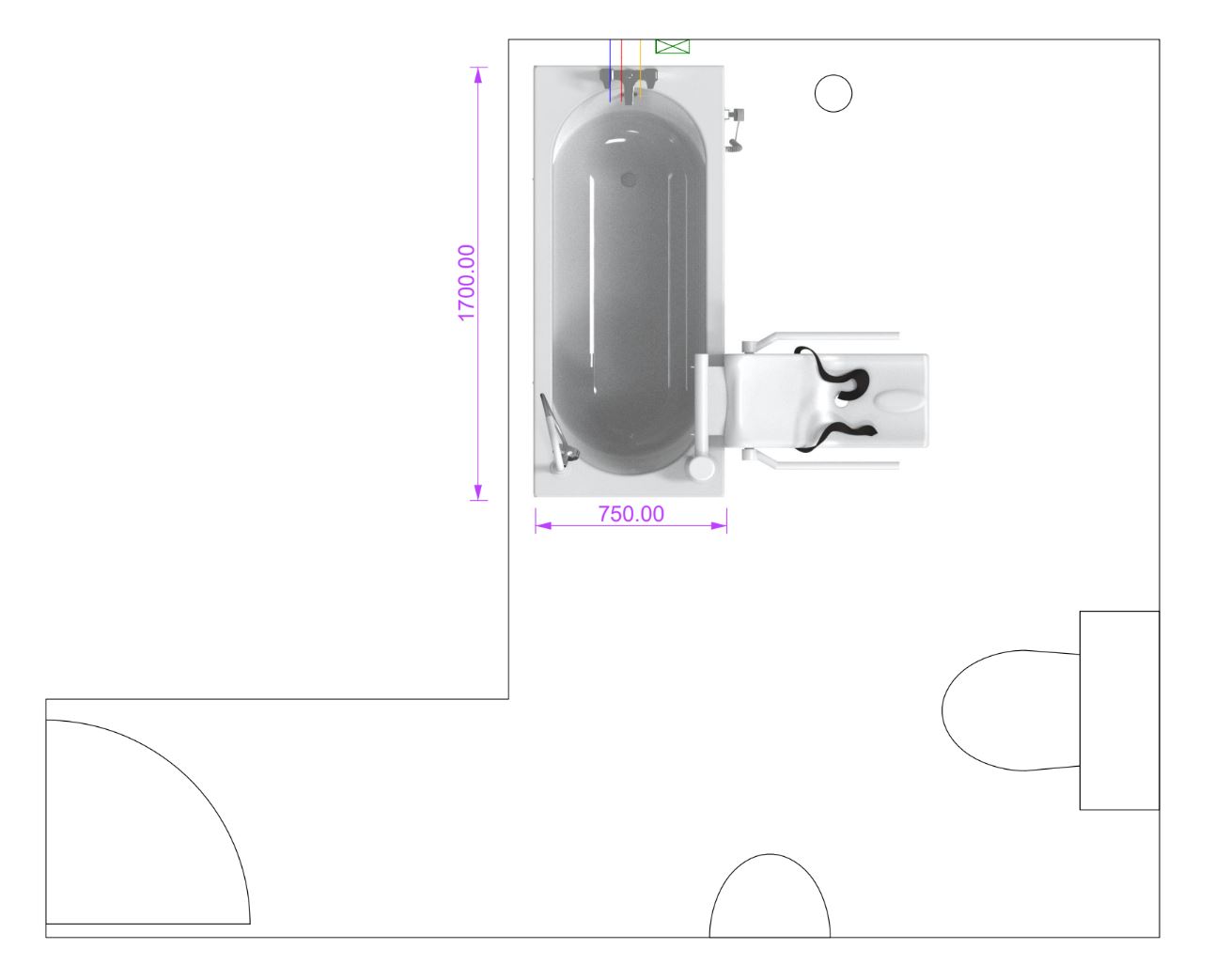When installing an assisted bath 🛁, prioritise safety, ease of access, and practicality.
Here’s a condensed guide:
Service, Cleaning, and Installation:
- Ensure enough space for maintenance, cleaning, and easy access to plumbing and electrical parts.
- Keep the area clear for service personnel.
- Avoid placing the bath over essential underfloor pipes or cables; reroute them if necessary.
Bathroom Layout:
- The bathroom door should swing open without hitting the bath.
- For those requiring hoists or wheelchairs, provide ample space around the bath for manoeuvrability.
Assisted Bathroom Design:
- Plan for a 1500mm diameter clear turning space for wheelchairs and an 850mm wide door for accessibility.
- Choose non-slip flooring and install grab bars near the toilet, bath, and shower.
- Include handheld showerheads and fold-down seats in showers for flexibility and support.
- Mount sinks and toilets at heights suitable for seated users, with wheelchair clearance underneath sinks.
- Place storage within easy reach to prevent bending or stretching.
Respecting User Dignity:
- Use privacy screens in shared bathrooms and create a non-clinical, pleasant environment.
- Design for independence to boost self-esteem.
Safety and Navigation:
- Install an accessible emergency call system.
- Follow Document M (Doc M) guidelines for UK building regulations to ensure accessibility and compliance.
- Use contrasting colors for fixtures to aid those with visual impairments.
- Fit thermostatic controls to prevent scalding and ensure good lighting for visibility.
By integrating these considerations, you’ll meet legal standards and promote dignity and independence for users with mobility issues, making a significant difference in their daily routines. Our survey team can assist with designing an ideal assisted bathroom using CAD for precise measurements and layout planning.



